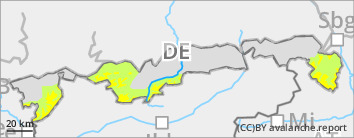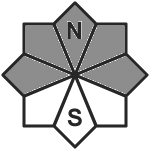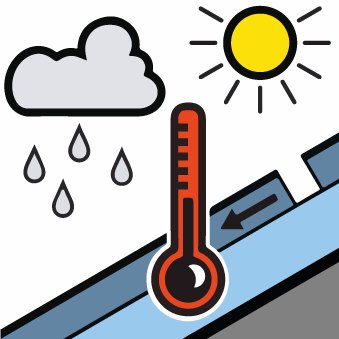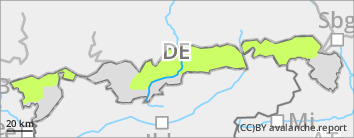
Danger level
 | 1600m |
|  |
|  |

In the southern region, avalanche prone locations are rare.
Avalanche danger above 1600m is moderate. Main problem: wet snow. On slopes with sufficient snow in extremely steep terrain, wet loose-snow avalanches can trigger naturally or be triggered by persons in very steep terrain. Loose-snow avalanches are mostly small-sized. In addition, wet glide-snow avalanches are possible on smooth ground as well on meadows or rock slabs at anytime. Isolated glide snow avalanches can grow to large size.
Snowpack
Nocturnal outgoing radiation is limited. A thin melt-freeze crust will form only in some places and soften again swiftly. In general the snowpack is moist to wet up to high altitudes. Pronounced layers within the snowpack are now only found on shady sides. South-facing slopes are widespread bare. In some places above approx. 1500m there is still a cohesive snow cover on the shady side.
Tendency
The frequency of avalanche prone locations will decreass. Avalanche danger levels will diminish a bit.



